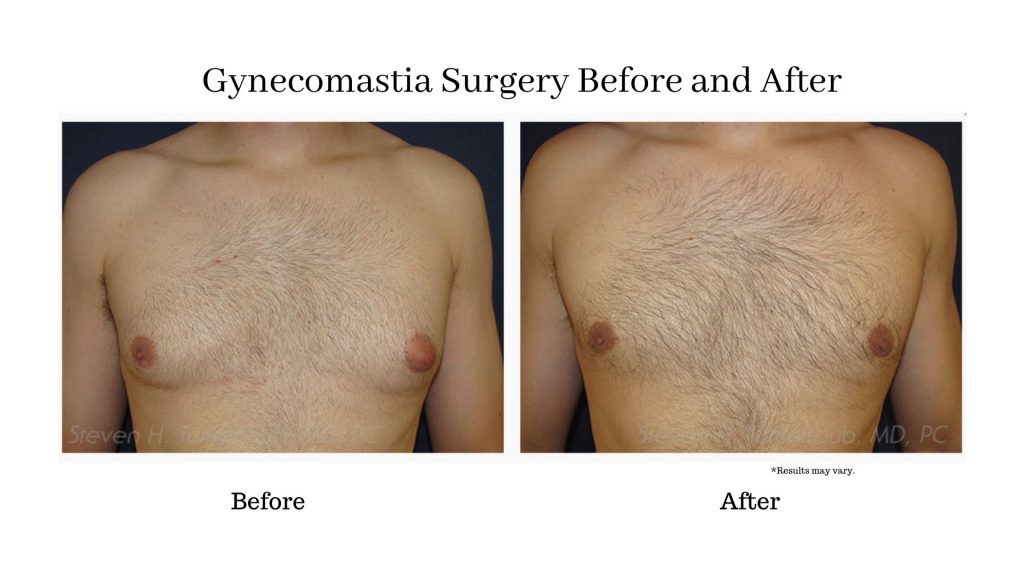Home|Blog | How Can Men Conceal Gynecomastia Surgical Scars?
How Can Men Conceal Gynecomastia Surgical Scars?
4 Min Read
In order to undergo breast surgery, incisions must be made. The consequences of these incisions are scars.
Always.
And that is no matter how imperceptible they are.
 Women generally have an easier time concealing these scars (at least from the public) because they are hidden by normal clothing and even many bathing suits. Unfortunately for men, hiding their scars can be harder since their chests are exposed when they are at the beach, pool, or gym.
Women generally have an easier time concealing these scars (at least from the public) because they are hidden by normal clothing and even many bathing suits. Unfortunately for men, hiding their scars can be harder since their chests are exposed when they are at the beach, pool, or gym.
Surgery for gynecomastia surgery is a male breast reduction procedure. Though this surgery is not nearly as readily discussed as female breast augmentation or breast reduction, it can be just as beneficial to the enhancement of a man’s confidence.
Gynecomastia is the development and presence of an abnormal amount of glandular tissue and/or fat in the male breast. There are numerous causes for its development ranging from genetics, hormone imbalance and obesity to therapeutic and illicit drugs. Fortunately, there are a variety of procedures that can provide excellent results for its treatment.
Where Will My Gynecomastia Surgery Incisions Be Located?
The goal of gynecomastia surgery is to provide a flat, masculine appearing chest and doing so with as little scarring as possible. This can be accomplished using very small incisions for liposuction or with lengthier ones that are employed for the direct removal of excess tissue that may even include skin.
Typically, the incisions for liposuction are around one-quarter to three-eighths an inch in length each. They can be situated along the lower part of the areola, near or along the breast crease or even in the armpit area. All these locations can help hide or camouflage the scar.
When breast tissue has to be removed directly, the most common approach employed is along the lower half of the areola, a location that can help hide the ultimate scar. If excess skin needs to be removed, then the incisions need to be far more extensive and the eventuating scars will be much more evident and difficult to fully hide.
How Can I Minimize the Scars That Do Develop?
While the skill of the plastic surgeon can positively impact the probability of you ending up with an imperceptible or, at the very least, a reasonable scar, there are other modifiable factors that can affect the final result. Unfortunately, “bad” genetics is not one of them.
Some of the more important of these factors are:
- Avoid stress on the repair site for at least a specified minimum amount of time. Stresses across or along the incision line in the relatively early postoperative period can signal your body’s healing mechanism to produce and deposit more collagen in the area, resulting in a thicker, elevated scar. Therefore, it is often recommended that you minimize these types of activities for at least six to eight weeks.
- Proper nutrition for healing. Without the proper nutrients that are essential for healing, there can be delays in healing and weaker scars that can ultimately lead to scar widening.
- Avoid smoking. Smoking reduces blood supply and, therefore, oxygen reaching the affected tissues. This can lead to delayed and non-healing as well as infections – all bad for obtaining ideal scars.
- Use a scar mitigating agent. Topical silicone gel and silicone sheeting have been shown to positively affect the appearance of the final scar, so its use is recommended.
- Minimize sun exposure. Sun exposure can adversely affect healing and can also result in hyperpigmentation, making the scars more obvious. Being careful for around six to nine months is a reasonable period of time.
- Closely adhere to your plastic surgeon’s recommendations. If you closely follow the instructions of your plastic surgeon, especially one well attuned to wound care and scar treatment, you are more likely to obtain the best possible results, considering all other factors remain equal.
It is important to realize that it can take up to a year or even longer to see what the final result will be. By maximizing your odds for proper healing, you can help minimize the detectability of the scars.
Have More Questions?
If you are seeking surgery for your gynecomastia, you are welcome to contact Dr. Turkeltaub at the Arizona Center for Breast Surgery by calling (480) 451-3000 or by filling out our online contact form.
